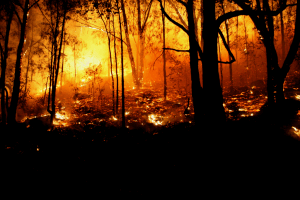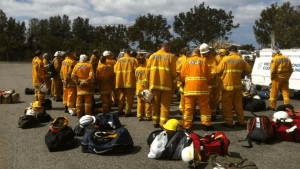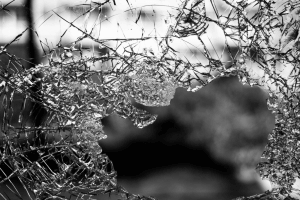Like many of you, yesterdays news that NASA cancelled a spacewalk for one of its female astronauts was puzzling, regardless of whether you sit on the side of this being sexism or normal https://www.space.com/why-nasa-scrapped-1st-all-female-spacewalk.html. After all, surely an organisation like NASA who (I can only assume) would check every bolt, every fuse, every wire over and over again, would make sure that everyone has the right gear to wear when they get to space…. surely……
While I will readily admit I know nothing about space travel or the way that NASA does business, instead I look to my world – firefighting – and ask is this something that could happen for us? In general terms, everyone gets issued with every bit of gear that they need to do their job so the answer in its broadest sense is probably not. My question however is, are we giving them gear that ensures that they can do their job WELL and do their job SAFELY? In essence, are we really taking diversity seriously or is it just one of those things we put on our wall saying we have X% of firefighters who are female, regardless of if we break them because of the the gear that we buy and we issue without critical analysis of their physical needs.
Recently, I was fortunate to be part of an international research project, asking female firefighters (over 800 from 14 countries) all about their working conditions, struggles that they have and areas for improvement. Perhaps unsurprisingly, 58% of female firefighters stated that their gear didn’t properly fit them!!! That is crazy! Surely if we just buy smaller sizes then the gear will fit just fine? Surely if we just ask for a “womens cut” from people unfamiliar with how we do our work that will be enough? Again, the numbers say otherwise – we are failing our newest recruits at the first hurdle.
We know that males and females have vastly different anthropometrics and body shapes (acknowledging that women are just as different from each other too!). We know that differences in hip angles change force distribution during landings. We know that the chest of a woman looks vastly different to that of a man. We know that women are, on average smaller and lighter than men…. so why is it that we think that simply “pinking it and shrinking it” will be enough?? Our previous study of firefighting boots indicated that their design is directly influencing the likelihood of male firefighters getting injured – and they are the ones we are designing the gear for. How can we expect that our females won’t be equally, or more so, as injured when we can’t even get it right for the majority?
My challenge therefore to those of you out there in positions where you can make a difference here is as follows
* For scientists, we need to continue to critically analyse the needs of our staff (male and female) to provide an understanding of how differences in biomechanics, anthropometrics and physiology impact on the likelihood of our people getting injured. Then the next challenge is how do we get that information out there?
* For manufacturers and suppliers. Here in Australia we say “never bullshit a bullshitter”. Make the time to understand what our people need and actually do something about it. Give us products that have been developed with scientific rigour. Don’t just tell us that your gear is awesome, as unfortunately few fire services have the technical understanding of what it is that you are selling us. In my experience, neither do your sales people.
* For those procuring gear. Learn to understand the science or at the very least listen to those who do. Stop buying shiny things with no critical questioning of whether the gear actually does what they say it does. If they say that the PPE will reduce heat stress – ask them how? If they say that a helmet is better or safer – make them prove it! Simply giving people gear and asking them “how it feels” isn’t really cutting edge procurement!
To my mind, simply making sure that there are more women in fire services is shooting for the the lowest bar we can find. The true challenge, is to work out how do we make sure that everyone gets to have a long career, free particularly of injuries that we cause by making them wear gear that isn’t designed with them in mind. If we can’t get this right, how can we possibly get more complex industrial issues right.






